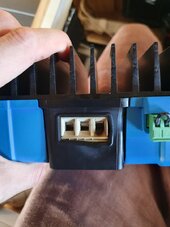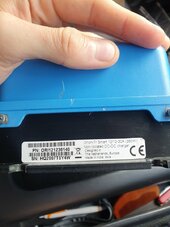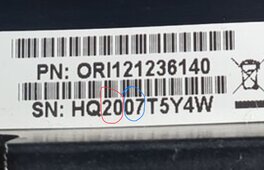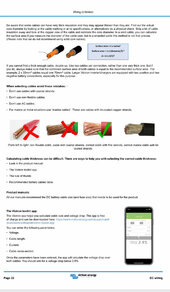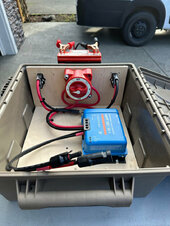LifeIsADeam
New Member
- Joined
- Mar 22, 2021
- Messages
- 23
Victron orion-tr smart non isolated 12-30 installed 2-3 years ago working fine until now. Stopped charging due to low voltage input showing around 6-10v. The voltage reads 13.8 at battery while running but low at the unit. Around 6-9v measuring the negative at bus bar and positive measured at unit. As soon as i remove the input cable from unit and check again it reads around 13v. So only when wire is put into units input socket does it then drop to that low volt. To the point where the unit sometimes doesn't register via blue tooth. The cables are 8g with 1. 5m run. I know had it under wired due to some voltage drop in the past but the cables hadn't gotten hot in past checks. When i was trouble shooting the issue i removed the unit and inspected the inputs and the in port jas certainly been cooking :/ not sure why maybe a short. Anyway im not sure what going on perhaps unit has fried or died? Any advice is appreciated.



